Home>Technology>Home Entertainment Systems>What Was The First Sitcom On Television
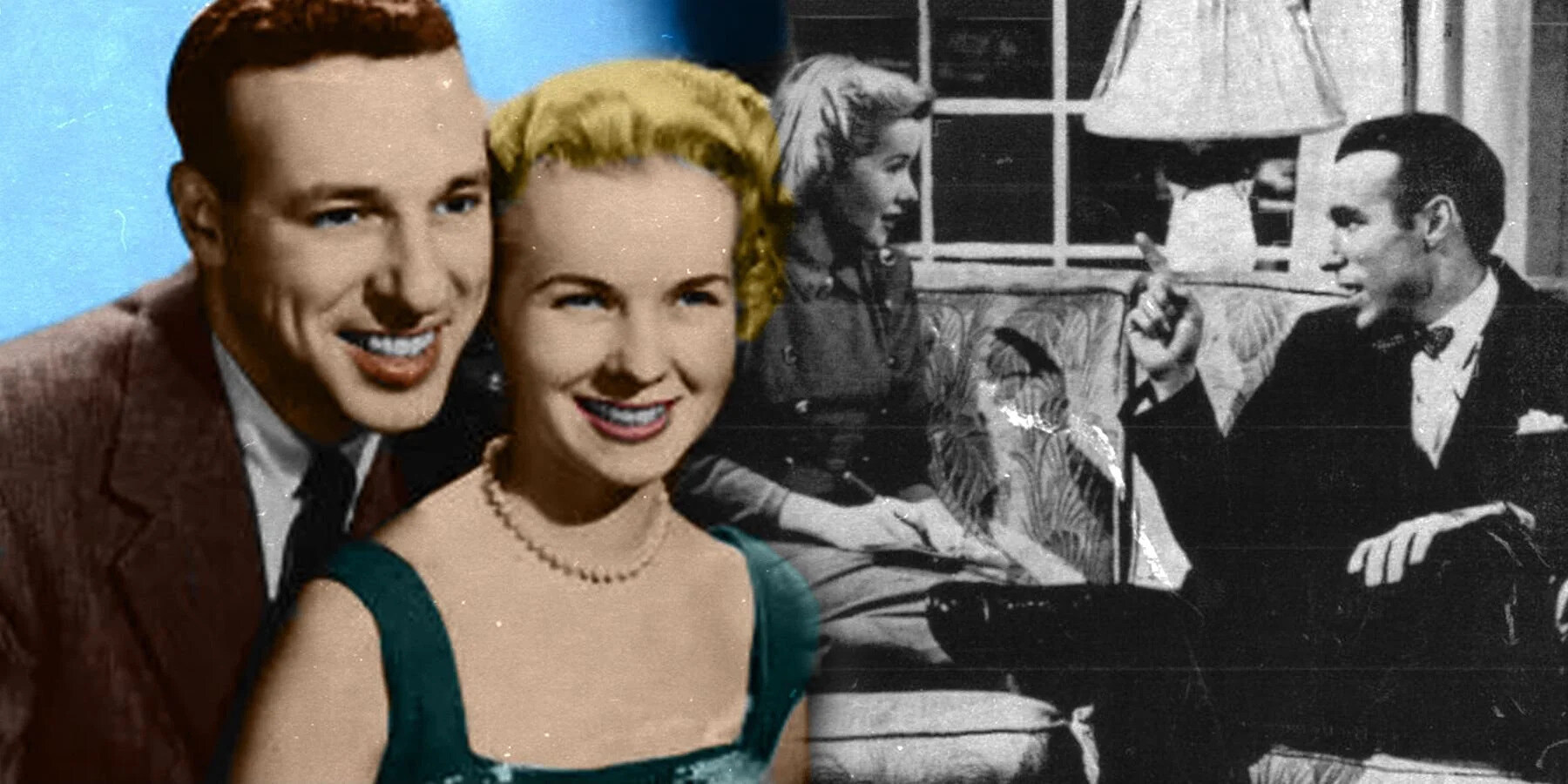

Home Entertainment Systems
What Was The First Sitcom On Television
Modified: January 5, 2024
Discover the history of television sitcoms and their impact on home entertainment systems. Learn about the first sitcom on TV and its influence.
(Many of the links in this article redirect to a specific reviewed product. Your purchase of these products through affiliate links helps to generate commission for Storables.com, at no extra cost. Learn more)
**
Introduction
**
Television has been a staple in households for decades, bringing entertainment and laughter into our lives. One of the most beloved genres of television shows is the sitcom, a format that has evolved and thrived since the early days of television. Exploring the origins of sitcoms not only offers a fascinating glimpse into the history of television but also sheds light on the cultural impact of these beloved shows.
In this article, we delve into the captivating world of early television and the rise of sitcoms. We uncover the intriguing story of the very first sitcom to grace the small screen and explore its lasting legacy. Join us on a journey through time as we unravel the fascinating history of the sitcom and its enduring influence on popular culture.
Key Takeaways:
- The first sitcom on television was “Mary Kay and Johnny,” which debuted in 1947. It portrayed the everyday life of a married couple with warmth and humor, setting the standard for relatable storytelling in sitcoms.
- “Mary Kay and Johnny” had a lasting impact on television, shaping the sitcom genre with its genuine, unscripted approach and emphasis on authentic human connections. It inspired future generations of content creators to explore the nuances of human relationships with humor and heart.
Early Television and the Rise of Sitcoms
During the early years of television, the medium was a breeding ground for experimentation and innovation. As television sets found their way into living rooms across the nation, audiences hungered for engaging content that would capture their imaginations. It was during this era that the sitcom, or situational comedy, began to take shape.
As television networks sought to fill their programming schedules with compelling content, the sitcom emerged as a popular format. These shows typically revolved around a fixed set of characters who found themselves in humorous or lighthearted predicaments, often resulting in comedic misunderstandings and resolutions. The sitcom’s formulaic structure and relatable storytelling quickly resonated with audiences, paving the way for the genre’s enduring success.
With the advent of iconic sitcoms such as “I Love Lucy,” “The Honeymooners,” and “The Dick Van Dyke Show,” the 1950s and 1960s marked a golden age for the genre. These shows not only entertained viewers but also showcased the potential of the sitcom as a vehicle for social commentary and cultural reflection. As societal norms and values evolved, sitcoms mirrored these changes, addressing pertinent issues with wit and humor.
Furthermore, the rise of television as a dominant form of entertainment allowed sitcoms to become a unifying force, bringing families together for shared laughter and enjoyment. The enduring appeal of these shows cemented the sitcom as a beloved and integral part of television culture.
As the medium continued to evolve, sitcoms diversified in style and tone, catering to a wide range of audiences. From family-oriented comedies to workplace sitcoms, the genre expanded its repertoire while retaining its core elements of humor and relatability.
Stay tuned as we journey back to the inception of sitcoms and uncover the fascinating evolution of this beloved television genre.
The First Sitcom: “Mary Kay and Johnny”
Amid the burgeoning landscape of early television, a groundbreaking series emerged as a trailblazer for the sitcom genre. “Mary Kay and Johnny,” which debuted in 1947, holds the distinction of being the first television sitcom to grace the airwaves, pioneering a format that would captivate audiences for generations to come.
The show centered around the lives of a young married couple, Mary Kay and Johnny Stearns, portrayed by real-life couple Mary Kay Stearns and Johnny Stearns. Set in a New York City apartment, the series offered a charming and relatable portrayal of everyday domestic life, navigating the joys and challenges of marriage with warmth and humor.
What set “Mary Kay and Johnny” apart was its innovative approach to storytelling. The show adopted a naturalistic and unscripted style, drawing inspiration from the couple’s own experiences and interactions. This authentic portrayal of married life resonated deeply with audiences, forging a genuine connection that transcended the confines of the television screen.
As the first sitcom to depict the intimate dynamics of married life, “Mary Kay and Johnny” broke new ground in television programming. Its endearing portrayal of the Stearns’ everyday escapades, from comical misunderstandings to heartfelt moments, endeared the show to viewers and set a precedent for the sitcoms that followed.
Despite its humble beginnings, “Mary Kay and Johnny” left an indelible mark on television history, laying the foundation for the sitcom genre’s enduring popularity. The show’s intimate portrayal of domestic life and its emphasis on genuine, relatable humor set a standard that would influence sitcoms for decades to come.
Join us as we delve deeper into the impact and legacy of “Mary Kay and Johnny,” unraveling the profound influence of this pioneering sitcom on the television landscape.
The first sitcom on television was “Mary Kay and Johnny,” which aired from 1947 to 1950. It was a pioneering show that set the stage for the sitcoms we know today.
Impact and Legacy of “Mary Kay and Johnny”
The influence of “Mary Kay and Johnny” extended far beyond its status as the first television sitcom. The show’s intimate portrayal of married life and its genuine, unscripted approach left an indelible mark on the landscape of television, shaping the evolution of the sitcom genre and inspiring future generations of content creators.
One of the most enduring legacies of “Mary Kay and Johnny” lies in its authentic representation of domestic life. By drawing from the real experiences of the Stearns, the show captured the essence of everyday married life with sincerity and humor. This genuine portrayal resonated deeply with audiences, setting a precedent for authenticity and relatability in sitcom storytelling.
Furthermore, “Mary Kay and Johnny” demonstrated the inherent appeal of interpersonal relationships as a central theme in sitcoms. The endearing dynamics between the show’s lead characters, Mary Kay and Johnny, showcased the potential for heartfelt storytelling within the comedic framework of a sitcom. This emphasis on genuine human connections would become a hallmark of the genre, influencing countless sitcoms that followed in its wake.
The unscripted nature of “Mary Kay and Johnny” also paved the way for a more naturalistic approach to television storytelling. By incorporating elements of improvisation and real-life experiences, the show broke new ground in the portrayal of authentic human interactions on screen. This departure from traditional scripted formats offered a refreshing and relatable viewing experience, setting a precedent for innovative storytelling techniques in the sitcom genre.
While “Mary Kay and Johnny” may have been a modest production by today’s standards, its impact on the evolution of television cannot be overstated. The show’s pioneering spirit and commitment to genuine, unscripted storytelling laid the groundwork for the sitcoms that would follow, shaping the genre in profound ways.
As we celebrate the enduring legacy of “Mary Kay and Johnny,” we recognize the show’s pivotal role in shaping the trajectory of television comedy and its lasting influence on the art of storytelling.
Conclusion
The journey through the origins of the sitcom genre has unveiled a rich tapestry of innovation, humor, and enduring influence. From the early days of television to the groundbreaking debut of “Mary Kay and Johnny,” the evolution of sitcoms has mirrored the cultural shifts and societal dynamics of the times, leaving an indelible mark on popular culture.
As we reflect on the legacy of “Mary Kay and Johnny,” we recognize the show’s pivotal role in shaping the landscape of television comedy. Its genuine, unscripted portrayal of married life set a standard for authenticity and relatability in sitcom storytelling, inspiring future generations of content creators to explore the nuances of human relationships with humor and heart.
Furthermore, “Mary Kay and Johnny” demonstrated the enduring appeal of the sitcom genre as a vehicle for genuine human connections and lighthearted storytelling. The show’s emphasis on everyday domestic life and the endearing dynamics between its lead characters paved the way for a new era of sitcoms that would capture the essence of human experience with warmth and humor.
The impact of “Mary Kay and Johnny” reverberates through the annals of television history, reminding us of the power of storytelling to unite, entertain, and inspire. Its pioneering spirit and commitment to authentic, unscripted narratives have left an indelible imprint on the evolution of sitcoms, shaping the genre in profound and enduring ways.
As we celebrate the enduring legacy of “Mary Kay and Johnny,” we honor the show’s contribution to the art of television comedy and its timeless influence on the storytelling landscape. The sitcom genre continues to thrive, captivating audiences with its relatable humor, heartfelt moments, and enduring reflections of the human experience.
Join us in commemorating the enduring legacy of “Mary Kay and Johnny,” a pioneering sitcom that ignited a cultural phenomenon and forever changed the way we view the world through the lens of laughter and warmth.
Frequently Asked Questions about What Was The First Sitcom On Television
Was this page helpful?
At Storables.com, we guarantee accurate and reliable information. Our content, validated by Expert Board Contributors, is crafted following stringent Editorial Policies. We're committed to providing you with well-researched, expert-backed insights for all your informational needs.




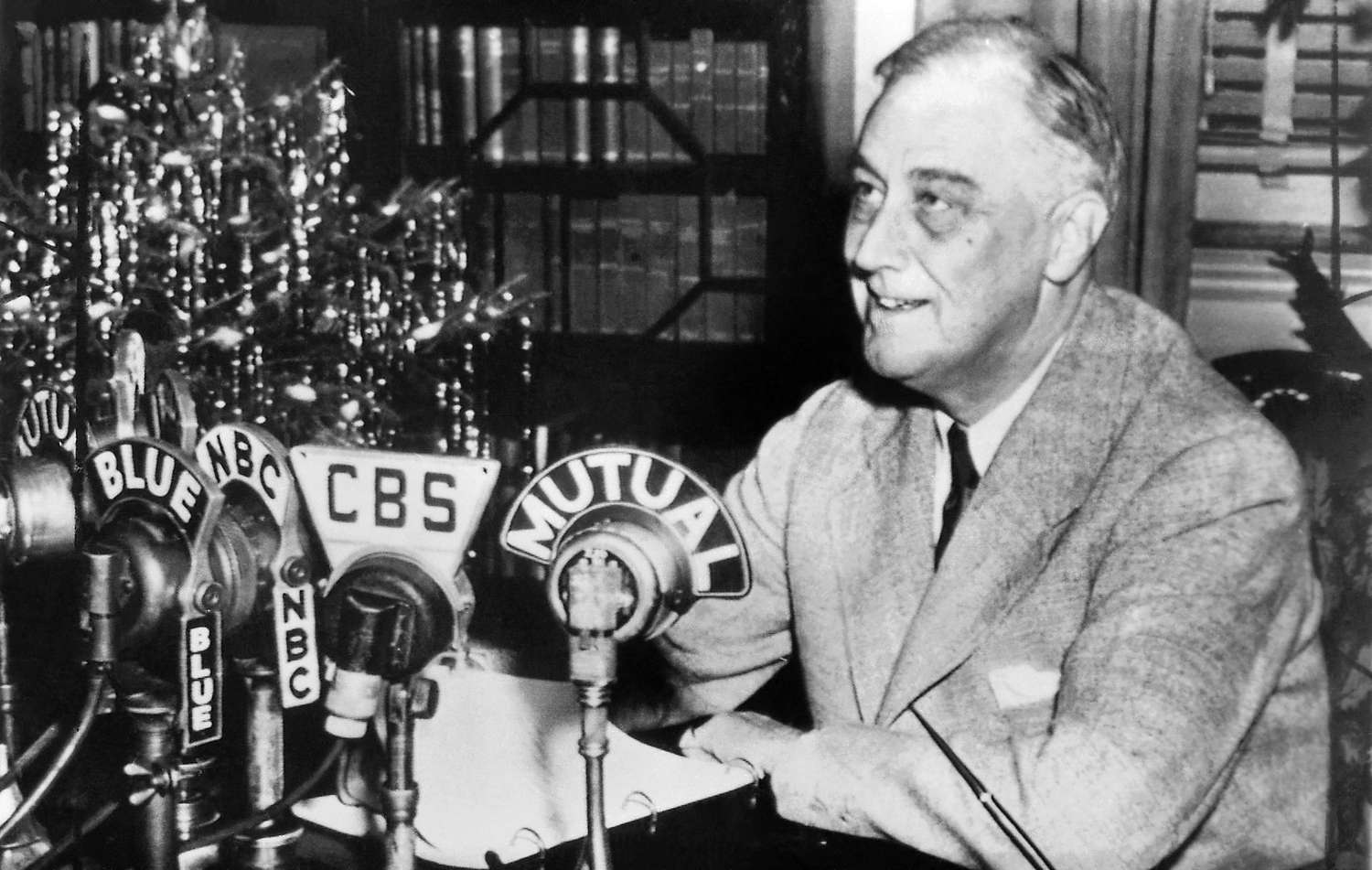
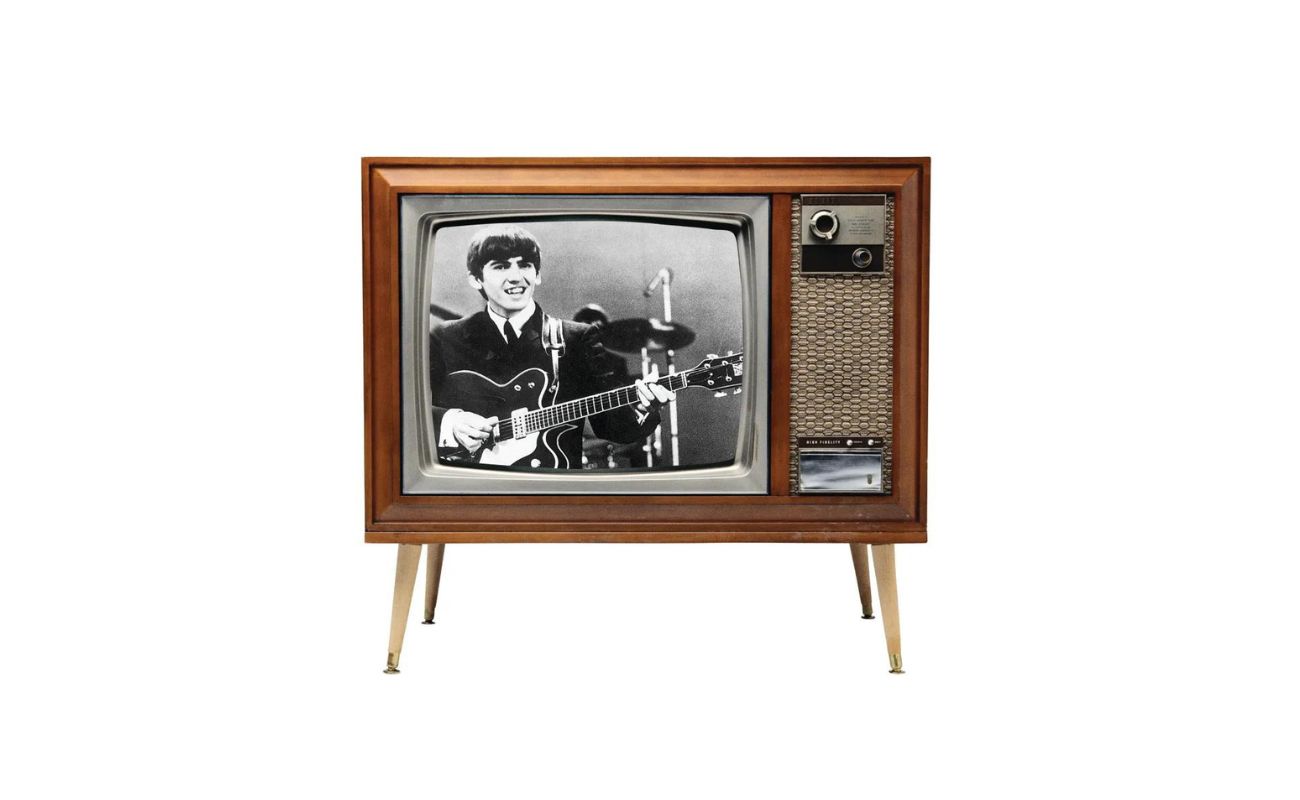
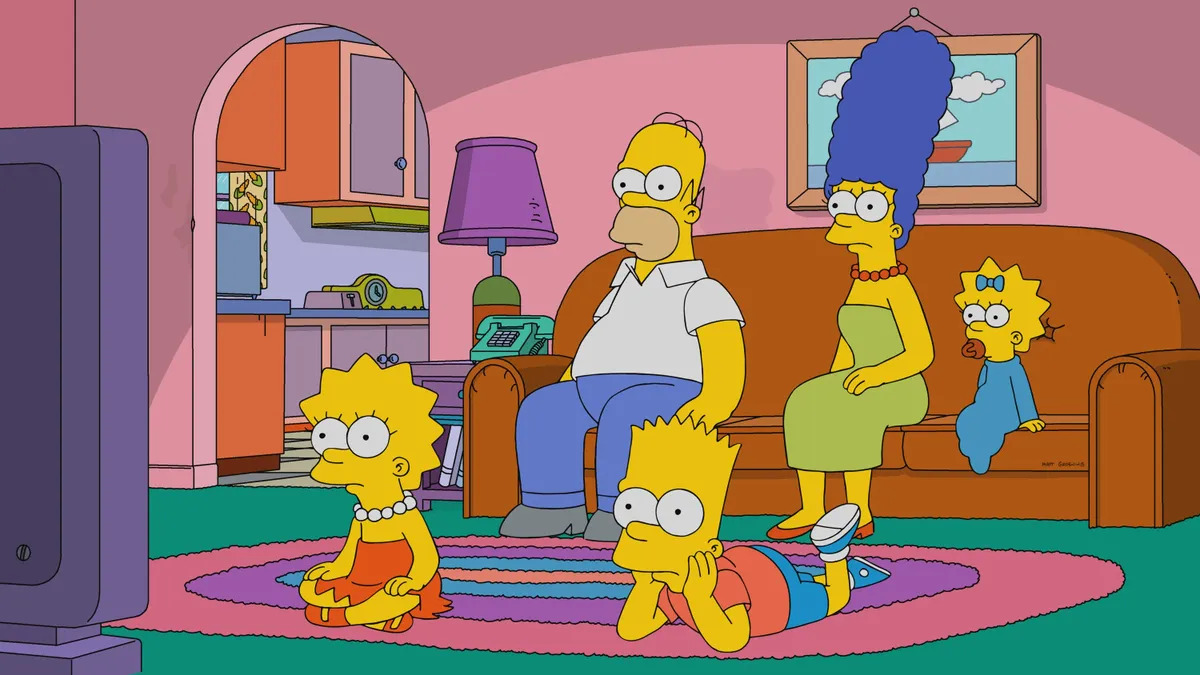
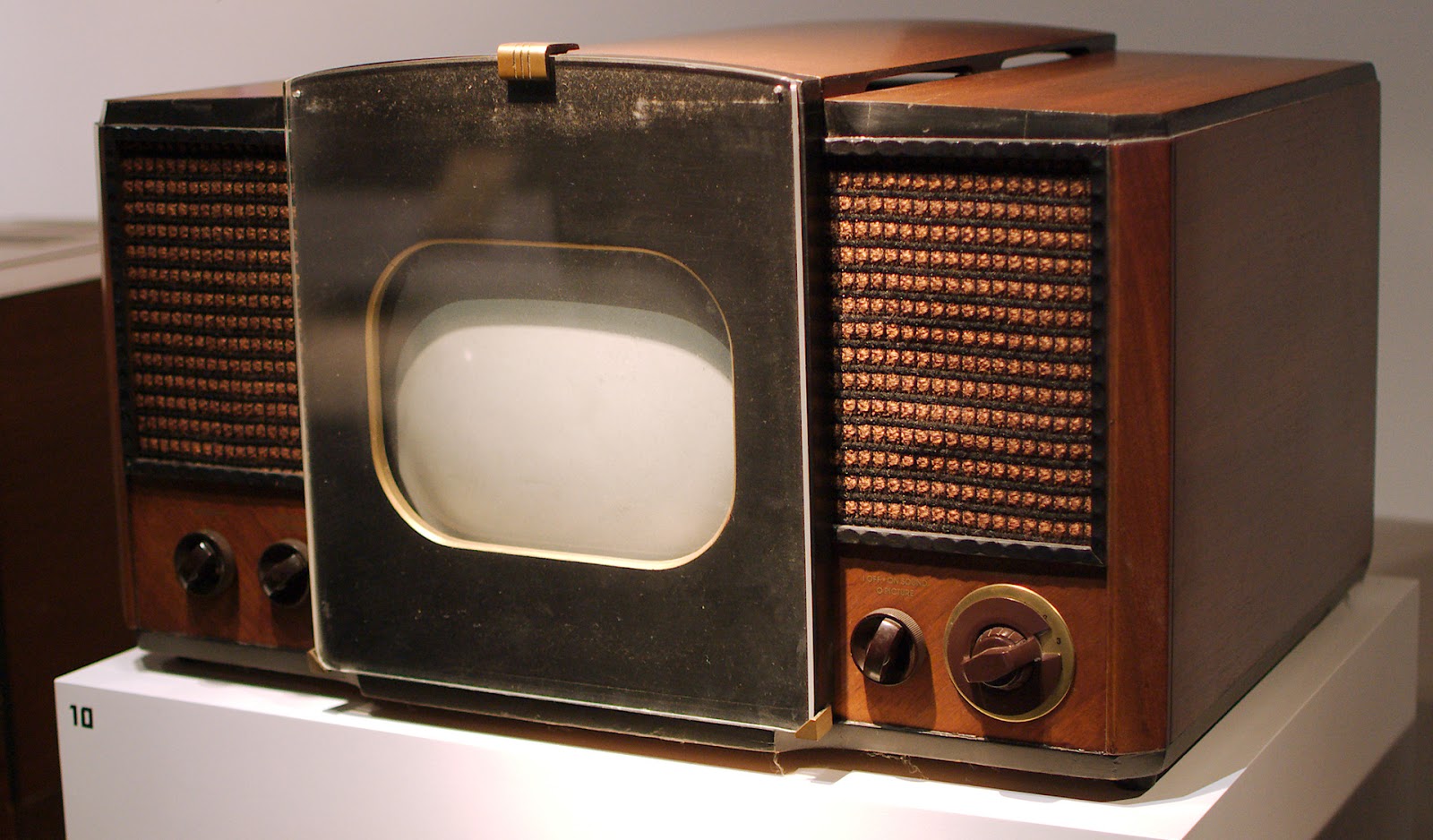

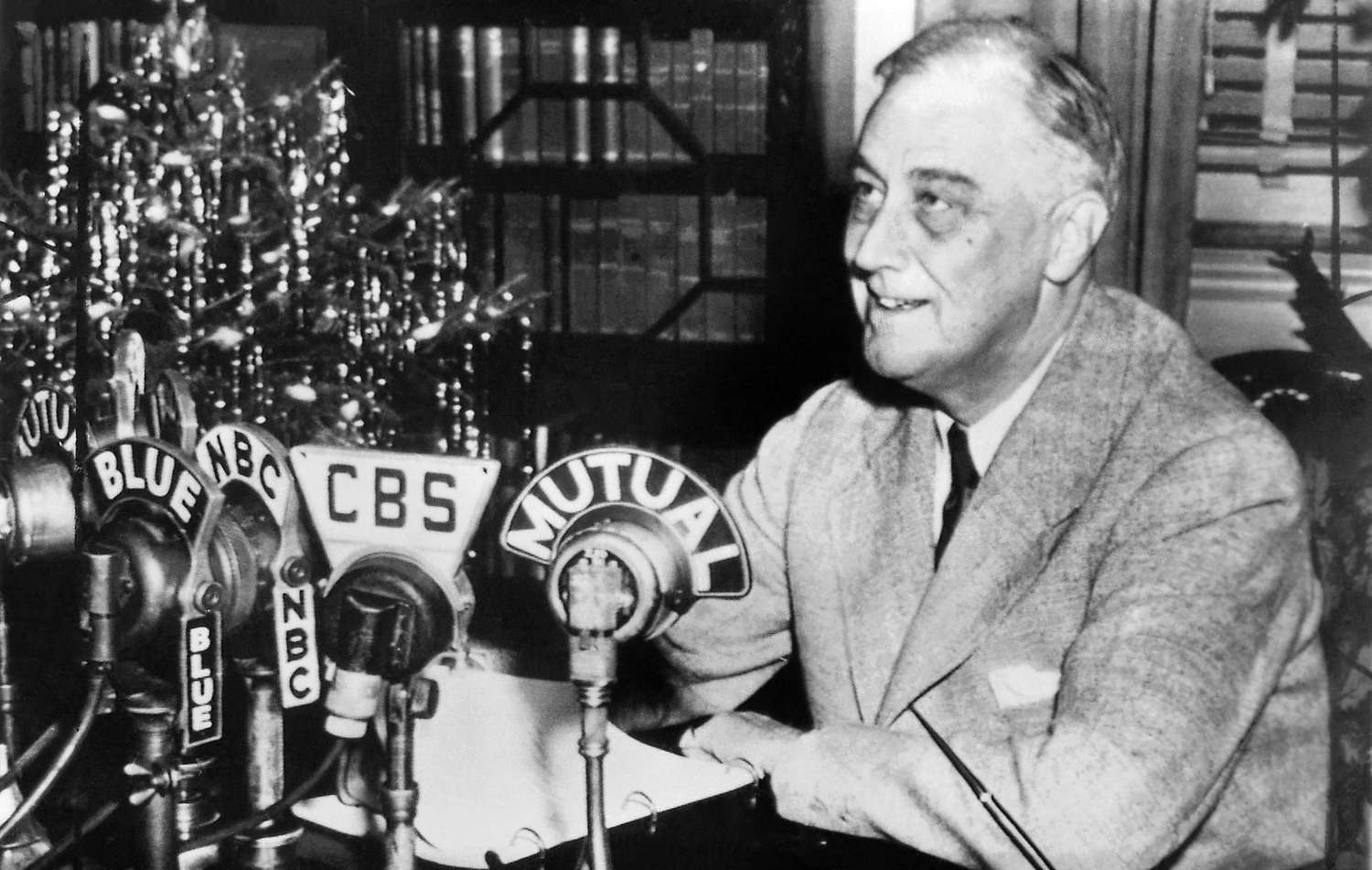






0 thoughts on “What Was The First Sitcom On Television”